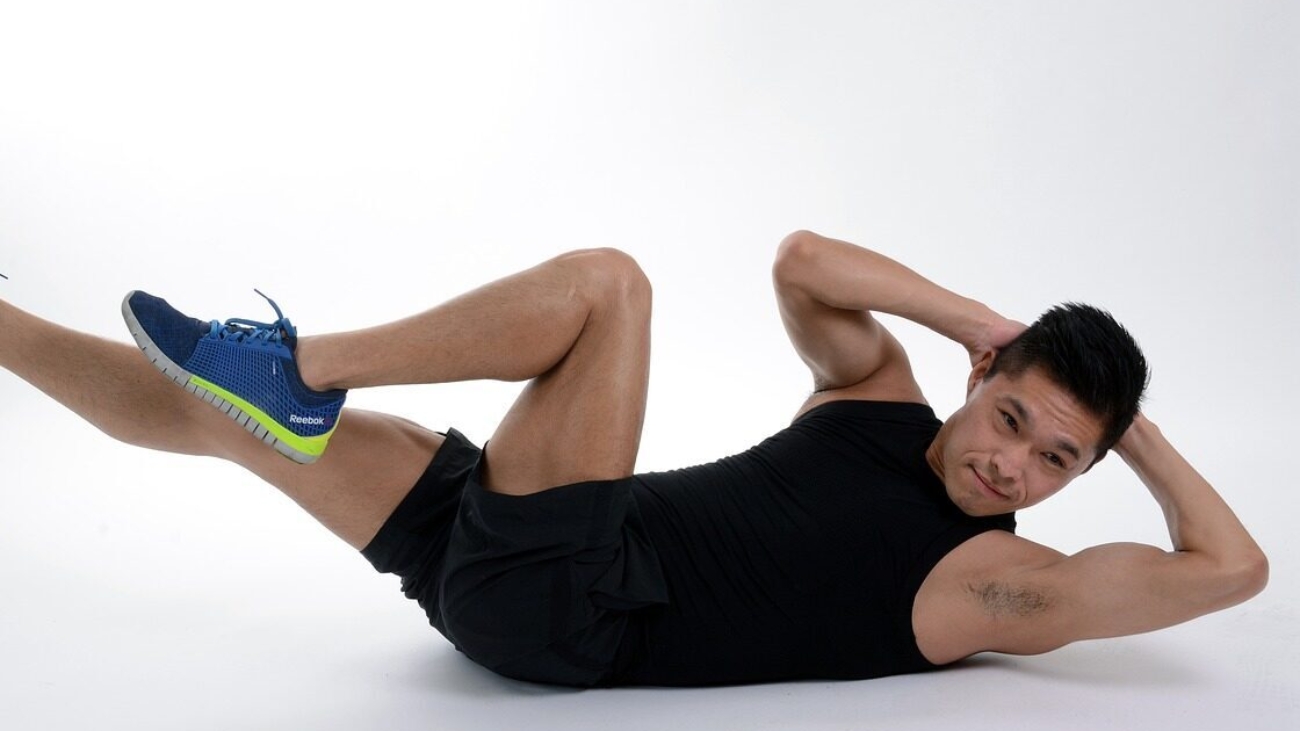Running is a fantastic way to stay fit, but without proper preparation, you might end up with injuries rather than results. One crucial aspect of preparing for a run is stretching. The best stretches before running can help prevent injuries, improve performance, and ensure you get the most out of your run. Whether you’re a beginner or a seasoned pro, these 7 essential stretches before running will help you stay in top shape.
Why You Need to Stretch Before Running
Stretching prepares your muscles for the demands of running. It increases blood flow, enhances flexibility, and reduces the risk of injuries like muscle pulls and strains. Dynamic stretches, in particular, are recommended because they warm up your muscles and improve range of motion more effectively than static stretches.
1. Leg Swings: A Dynamic Warm-Up for Runners
Leg swings are one of the best stretches before running to start your warm-up routine. This dynamic stretch targets your hip flexors and hamstrings, helping to loosen up your legs and improve your running form.
How to do it: Stand next to a wall or support. Swing one leg forward and backward in a controlled manner. Repeat 10-15 swings on each leg.
2. Walking Lunges: Engage Your Core and Legs
Walking lunges are excellent for engaging your core and legs. They help stretch your hip flexors and quads, making them one of the best stretches before running for those looking to enhance their flexibility and strength.
How to do it: Step forward with one leg into a lunge position, making sure your knee does not extend past your toes. Push off your front foot and bring your back leg forward to repeat the lunge. Perform 10-12 lunges on each leg.
3. Hip Circles: Improve Hip Mobility
Hip circles are crucial for improving hip mobility and reducing stiffness. This stretch can be incredibly beneficial as part of your pre-run stretching routine.
How to do it: Stand on one leg and make large circles with the other leg, first clockwise, then counterclockwise. Perform 10 circles in each direction on each leg.
4. Calf Raises: Prepare Your Calves for Impact
Calf raises are one of the best stretches before running to prepare your calves for the repetitive impact of running. This stretch helps prevent strain and injuries related to the calves.
How to do it: Stand with your feet hip-width apart and slowly raise your heels off the ground. Hold for a second and then lower your heels back down. Repeat 15-20 times.
5. Arm Circles: Don’t Forget the Upper Body
Although running primarily involves the lower body, your upper body also needs to be prepared. Arm circles help release tension in your shoulders and improve overall posture.
How to do it: Extend your arms out to the sides and make small circles. Gradually increase the size of the circles. Perform for 30 seconds, then switch directions.
6. Hamstring Stretches: Loosen Up Tight Hamstrings
Tight hamstrings can lead to discomfort and injuries while running. Hamstring stretches are among the best stretches before running to ensure your legs are flexible and ready for action.
How to do it: Sit on the ground with one leg extended and the other bent inward. Reach towards the toes of the extended leg while keeping your back straight. Hold for 20-30 seconds and switch legs.
7. Quad Stretches: Stretch Your Thighs for Better Performance
Quad stretches are crucial for preparing your thighs for the impact and endurance required during running. They are an essential part of your pre-run stretching routine.
How to do it: Stand on one leg, grab your opposite ankle, and pull it towards your glutes. Keep your knees close together and push your hips forward slightly. Hold for 20-30 seconds and switch legs.
Tips for Effective Pre-Run Stretching
To maximize the benefits of your stretching routine, consider these tips:
- Duration and Intensity: Stretch each muscle group for 20-30 seconds, focusing on dynamic stretches that increase blood flow.
- Consistency: Incorporate these best stretches before running into your routine consistently to prevent injuries and enhance performance.
Common Mistakes to Avoid When Stretching Before Running
Avoid these common mistakes to ensure you’re stretching effectively:
- Overstretching: Stretching too much can lead to injuries. Stick to a moderate stretch that feels comfortable.
- Static Stretching: Avoid static stretches before running as they can decrease muscle performance. Opt for dynamic stretches instead.
FAQ Section
Q: How long should I stretch before running?
A: Spend about 5-10 minutes stretching before your run, focusing on dynamic stretches before running.
Q: Can static stretches be used before running?
A: Static stretches are better suited for post-run recovery. Before running, focus on dynamic stretches to prepare your muscles for activity.
Q: How often should I incorporate these stretches into my routine?
A: Include these stretches in your warm-up routine before every run to maintain flexibility and prevent injuries.
Q: Are these stretches suitable for beginners?
A: Yes, these stretches are ideal for beginners and experienced runners alike. They help prevent injuries and improve overall running performance.
Conclusion
Incorporating the best stretches before running into your routine is crucial for preventing injuries and improving performance. Whether you’re just starting out or you’re a seasoned runner, these 7 essential stretches will help you get the most out of your runs. Make these stretches a regular part of your warm-up, and you’ll be on your way to a safer and more effective running routine.


